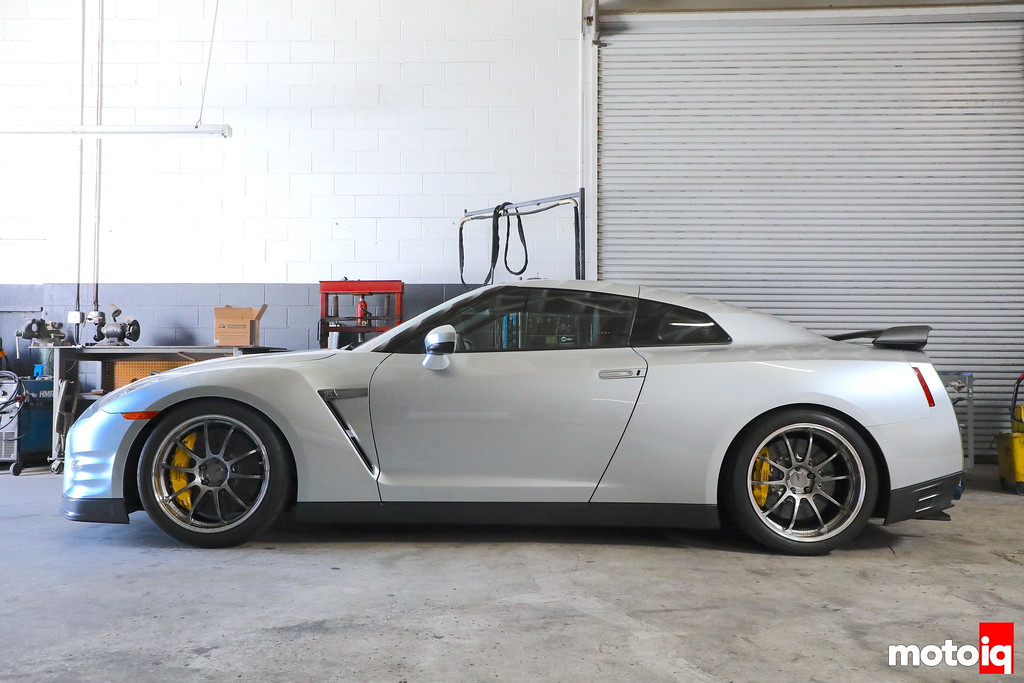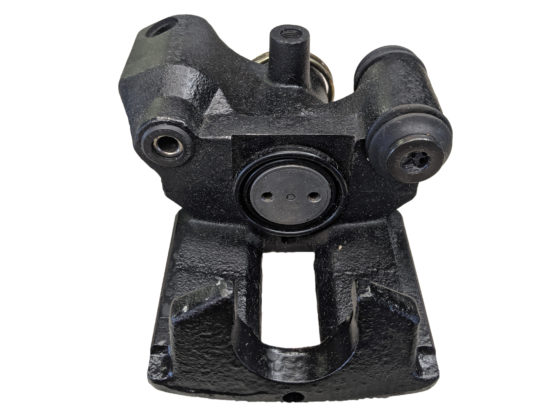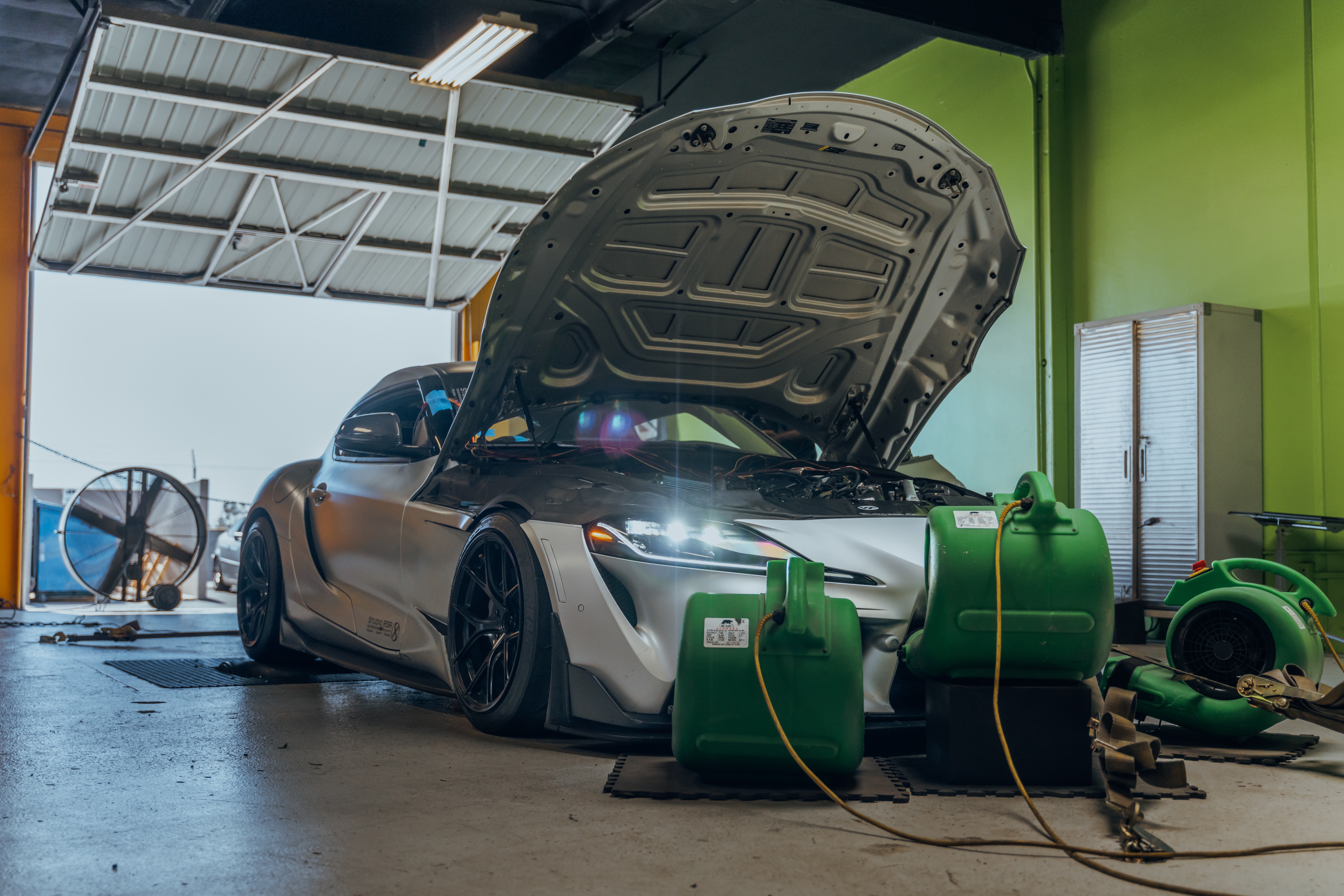
The front calipers have titanium pistons to reduce the amount of heat transferred into the caliper. This is probably a good thing because CCM rotors radiate more heat at twice the emissivity of iron rotors.

Interestingly enough, Brembo calipers don’t have stainless steel abutments for the pad backing plate to rest against like how some calipers like StopTech do. We think this is because the locating pins have closer tolerances in the holes of the pad backing plate than typical and thus the pad backing plate doesn’t bear on the caliper body as much.

The calipers are huge, some of the biggest we have seen on a production car. Only the GT500 Mustang and the Porsche Taycan have bigger to our knowledge.

The rear calipers are monoblock but so are the stock OEM parts. There are minor differences in the rear calipers to accommodate the larger and thicker rear rotors.

Underneath the new rear calipers have some differences in the forging to reduce weight. You can see some of the pocketing here.

This area of the Nismo caliper is forged with less material to reduce weight over the stock caliper. The little bracket is for a wear indicator sensor that the JDM car has but the USDM car doesn’t have. Overall other than being a little bit wider with taller mounting pads and a more cored out forging for weight reduction the Nismo rear calipers are not that different than stock.




11 comments
As always, great content. Thanks for all the info on parts I can only dream of having. I feel I can’t even afford to read the article. (I’m one of your IG followers and long time SCC subscriber)
I personally don’t think they are cost-effective but they sure are cool!
did you guys weigh the rotors? kinda curious about the actual weight difference over just the generic 30% lighter…
Yes on the last page, we saved 40.4 lbs over the OEM brake system.
With such a difference in rotor diameter and a greater difference front vs rear, does the brake bias change at all? 40lbs of rotating and unsprung mass saved is crazy. Makes the price seem realistic if you’re chasing the absolute best feeling possible.
No, it doesn’t change, it’s factory-engineered.
I had always been told that larger rotors on a street car are actually detrimental, since it takes longer for them to reach optimal temperature for good braking. Does the same apply to carbon ceramic rotors?
That’s not true at all. Bigger brakes allow you to run streetable less aggressive pads on the track. Race pads will literally eat rotors on the street in a few hundred miles. Big brakes allow true dual-purpose use. More brake power is typically also easier to modulate.
Just out of curiosity, can you recommend any places to source these on the used Japanese market like you guys did?
I used google to find a set and had a Japanese friend ship them to me.
There’s a website called, Croooober.com, that you might want to check out.